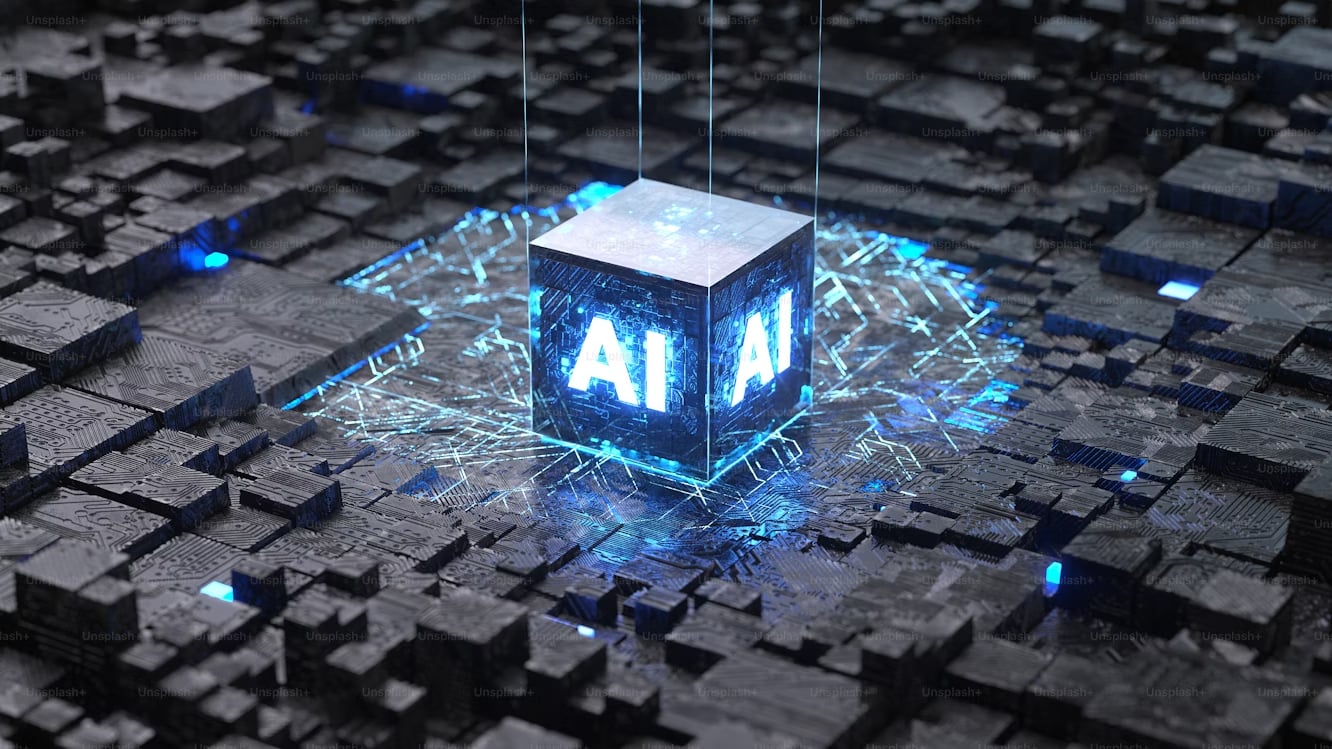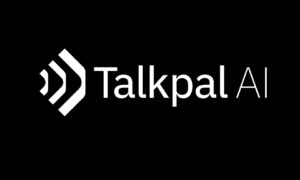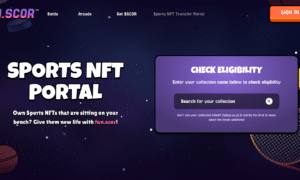iOS app development is no longer about building intuitive UI and seamless performance—it’s powered by intelligence. With artificial intelligence (AI) and machine learning (ML) being the most promising technologies, mobile experiences are becoming intelligent, more personalized, and faster to engineer than ever before. For enterprises investing in iOS app development services, the integration of AI and ML is not just an add-on—it’s a necessity.
AI engineering services are reshaping the mobile app development paradigm by enabling automation, predictive intelligence, and user-centric design. This blog explores how AI and ML are accelerating iOS app development and transforming the value delivered to both users and businesses.
AI and ML in iOS Development: An Overview
AI enables human-like decision-making and behavioral logic within apps—think voice assistants, smart recommendations, and real-time interactions. While machine learning
introduces continuous learning from data, allowing applications to evolve by learning user behavior patterns, improving with every interaction. Together, they empower iOS apps to:
- Deliver hyper-personalized experiences
- Perform real-time behavioral analysis
- Generate context-aware predictions
This combination is driving a new wave of intelligent and efficient iOS experiences.
Key Accelerations Powered by AI and ML
1. Improved User Experience & Personalization
Modern users expect applications to know them and adapt as per their requirements. AI and ML make that possible by dynamically tailoring every interaction. AI algorithms analyze user behavior, preferences, and device usage to personalize app layouts, content feeds, and recommendations. ML models predict user intent—whether it’s the next item to shop, content to view, or feature to use—enabling adaptive interfaces and contextual notifications.
2. Enabling Intelligent Features
AI and ML have become the foundation for next-gen app features that improve functionality and accessibility. AI enables conversational interfaces with voice recognition, natural language processing and speech to text enable intuitive interaction via Siri-style voice commands or chatbots. Additionally with core machine learning and Apple’s Vision framework, iOS applications can detect faces, barcodes and even analyze user emotions in visuals.
3. Improved Development Efficiency
AI and ML make things simpler and error-free and save time. Code generation with the help of artificial intelligence makes it easier to implement new changes. Automatic bug-checking and test creation find flaws and prove logic at a quicker rate than manual QA can. Parallel code analysis tools are represented by the continuous code analysis tools and have real-time debugging, security scanning, and performance profiling. Such an automation implies that iOS app development services will be able to provide quicker sprints, reduced release cycles, and better quality products.
4. Robust Security
Security is non-negotiable and AI helps developers stay ahead of threats. AI-powered systems detect anomalies and suspicious activities in real-time, reducing the chances of data breaches. Moreover, biometric authentication features, including Face ID and Touch ID, are AI-powered and continuously refined for accuracy and speed. ML powered adaptive thread models evolve with new vulnerabilities and attack vectors offering strong defense against threats. AI-powered security is preventive and intelligent.
5. Data-Driven Decision Making Analytics
With AI and ML algorithms businesses are backed by data. AI powered analytics help developers understand usage patterns, drop-offs and feature engagement. Predictive modeling enables better forecasting of user demand, in-app behavior and even financial outcomes. ML can help with real-time dashboards and provide critical feedback loops for iterative improvements. These capabilities empower businesses to fine-tune product-market fit and unlock new monetization strategies.
iOS-Specific Technologies Empowering AI/ML Adoption
Apple has custom-built a mobile ecosystem that supports high-performance uses of machine learning (ML) and artificial intelligence (AI) with native applications, in ways that are privacy-friendly and intelligent to the user. It has led to the increased importance of on-device AI, edge computers, and real-time requirements, and as of 2025, Apple proprietary toolkits such as Core ML, Create ML, SiriKit, and Vision have made the most significant inroads into the deployment of AI in iOS. Now, let us decipher what each of these technologies stacks are doing to speed the AI/ML deployment in iOS development.
1. Core ML
The Flagship Machine Learning Framework of Apple
iOS machine learning can be done with Core ML. It enables developers to incorporate pre-trained ML models in the iOS apps with low latency and high efficiency. Core ML was created to run on the device itself, and it supports a wide variety of models including vision and natural language processing, audio and tabular data.
Important Use Case:
- Real-time feature recognition in camera applications (e.g. fitness tracking, medical imaging).
- Sentiment analysis, text classification, chatbots and language translation all done offline.
- With Core ML and Vision, hand gestures can be recognised in the context of AR/VR apps and accessibility features.
2. Build ML
iOS Developers Custom ML Model Training
Create ML is an Apple demo-driven toolset enabling not only regular developers but also those lacking extensive knowledge of AI to develop custom machine learning models in Swift language by teaching the models, not just how to train machine learning models but also on how to optimize them. It uses a macOS interface, and it can train with user-specific data.
Enterprise Use Cases:
- User behavior based on recommending advertising engines.
- Clinical decision support through the training of disease detection models using curated datasets.
- Intelligent learning tools that can customize content to the performance of particular learners.
3. SiriKit & Vision Framework
The SiriKit enables developers to make their own voice interactions by using Siri, a voice assistant produced by Apple. With the inclusion of app-specific intents, developers have an opportunity to create voice-directed workflow to enable natural interactions without any hands.
Use Cases:
- Reserving transportation, setting up appointments, regulating any appliances in a smart house.
- Voice enterprise applications to update the field workforce on such work tasks or to verify the schedule.
Real-Time Visual Intelligence: Vision Framework
The Vision framework by Apple with Core ML can bring rich features of image and video analysis.
Use Cases:
- Identity targeting / emotion recognition via facial identification.
- Introduce gesture recognition in AR applications, assistive technologies and gamified interaction.
- Text detection and document scanning in business processes such as in insurance claims or logistics.
Swift and SwiftUI Integration
Swift, the current Apple programming language, and SwiftUI, its declarative user interface framework allow a smooth development process of AI-enhanced iOS apps.
Why Swift is Important to AI
Errors in ML model integration are minimised by type safety and clean syntax. Support of the model is built-in Core ML and Create ML, and the model predictions can be invoked directly.
Prepares connecting to cloud-based AI methods such as Apple CloudKit or third-party APIs (e.g., OpenAI, AWS ML).
The Role of SwiftUI
Streamlines the design of UI creation of machine learning-powered functions, e.g., running updates on view based on model output. Permits visual feedback in real time based on Combine framework and principles of reactive UI. Accelerates the modeling of intelligent user experiences at low code cost.
Conclusion
A combination of Artificial Intelligence and Machine Learning with iOS development redefined the possible limits of mobile applications. Hyper personalized customer experience, predictive analytics, real time computer vision, and voice first interactions are just a few applications of this new frontier of AI/ML and Next-gen Apps.
The strong AI ecosystem offered by Apple, dominated by Core ML, Create ML, SiriKit, and Vision framework, enables developers to deliver smart functionality to the device and guarantees its compliance with privacy as well as low-latency performance. Integration into Swift and SwiftUI is also native, which can directly speed up the development lifecycle, quickly create prototypes, and update and improve the UX without additional action.
The change is not merely a technological upgrade, but a level of competition distinction, to enterprises. The companies that integrate AI-driven intelligence into the work of their iOS apps do not only safeguard their digital environment against the threats of the future; they also provide their growing number of users with smarter, faster, and more context-sensitive solutions to problems and challenges.
At a time when we are transitioning to a mobile-first, AI-first world, it is an endeavor that we can no longer afford to ignore, as using Apple AI/ML toolkits in iOS development is simply a business-critical action.



































